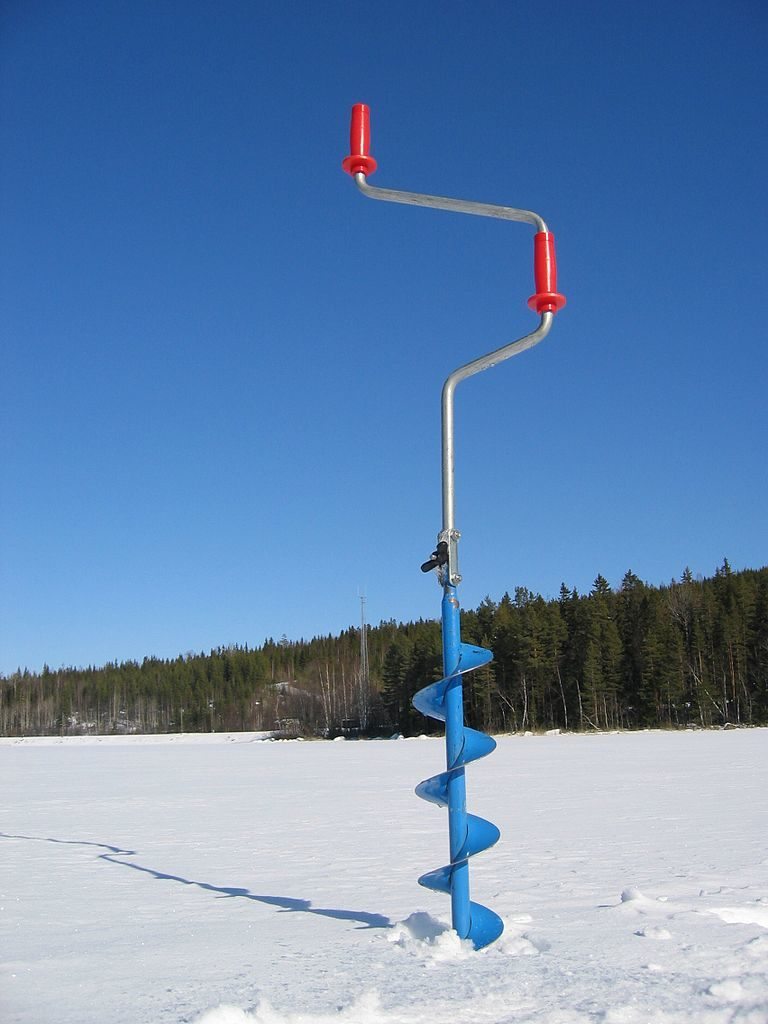Winter Fishing
It’s hard to believe that four months ago Jeremy and I were walking along the Schuykill River spending the day fishing the river and it’s canal. Trying to land that ever-elusive Carp. Yes, it’s still a sensitive subject. Now, we are in the fast lane to Christmas and the new year. And with that comes the colder days of winter. Long, cold, days. Boring, long, cold, days waiting for the first nice, spring day to get out fishing. Well, wait no more! Just because it’s winter, fishing doesn’t have to stop. That’s right! Pennsylvania still offers fishing on a variety of fresh water species from Bass, large and small mouth, to Pike to, yes, dare I say, Carp. Specific dates, limits and sizes can be found in the Pennsylvania Fish and Boat Commission Guide.
Now bundle up and get fishing. But, whoa!!! What exactly do I need for winter fishing? Here a few suggestions to make your trip safe and fun.
Before you go, consider taking a partner. Perhaps your child would like to accompany you on this winter adventure and brave the elements. What a great story to share next to a warm fire drinking a nice, hot cup of hot chocolate. Once you and your buddy are ready, let someone know where you are going and when you’re expected to return.
One key recommendation is to know how to dress form the cold. Consider dressing in layers. Layering gives you the opportunity to remove or add more clothing on you if you become to hot or to cold. Start with a set of thermals that help with keeping sweat away. Next, insulate with a form fleece, wool or flannel shirt and pants. Once you selected your warm layers, your outer garment should be wind and water resistant or perhaps downed, with a hood and have a knit hat too. During to winter season, avoid wearing cotton. It’s a terrible insulator when it gets wet and traps in the cold. Keep your feet and hands warm and dry by wearing properly insulated gloves and boots. It wouldn’t be a bad idea to have a change of dry clothes, in case you get wet. Keep your clothes dry by sealing it in a water resistant bag.
Now that you have an idea of what to wear, here are some other things to consider bringing with you:
*A small bag of sand or “kitty litter” to give you better traction around an ice hole of slippery shoreline.
*Some rope in case someone slips in to the water or falls through an ice hole.
*A small first aid kit.
*Water proof matches, stored in a waterproof container. In case you have to start a fire.
*An insulated PFD is an added comfort. Use it as a seat cushion or flotation device in case of an emergency.
*Some energy rich foods, like bananas, apples, walnuts, and turkey sandwiches are a great source. And don’t forget some warm drinks to help fuel you during the cold fishing day.
Selecting the type of tackle depends on what type of fishing you’re doing. Perch, crappies, bluegills like small worms, grubs or mealworms. Bass, walleye, pickerel and pike favor the larger minnows. These baits can be purchased at local sporting goods stores. You can also try an artificial bait to land a fish. Spoons are a popular lure for ice and winter fishing. This type of lure varies in sizes and can catch a variety of sized fish.
Now going out and finding the fish is the most difficult part of winter and ice fishing. Stumbling upon a group of anglers with their catches strewn about is a pretty good indicator of where you’re going to cast out or bore your hole for fishing. But what do you do if you and your partner are the only ones out on the water or ice? Having a “hydrographic” lake map can be a huge help. This type of lake map typically has essential data showing stream beds, drop offs and structures. It can also give you a good calculation of the waters depth. However, if there is no map available for that lake area, the terrain you are in can give you a good idea of the sections of shallow and deeper waters. Tying a lead weight to your line can give a quick idea of the depth you are by. Knowing theses depths can determine the locations of various species of fish.
Once you’re set and you are pulling out walleye after walleye, remember that it’s still cold out. You and your partner may be in the “zone” and forget how fast the body can react to changes in temperature, especially during the winter. Once you or partner start to feel cold. STOP! Head on home for some warm soup and hot chocolate. If you get wet, change in to dry clothes right away. Look out for frost bite (pale skin on exposed flesh). Hypothermia may also become a factor. Look out for extreme shivering and my be a loss in judgment. Remove yourself or your partner from the element and get warm with a blanket, dry clothes, warm shelter and fluids. Remember that there is always plenty of other days to fish off the banks or on the ice.


Leave a Comment